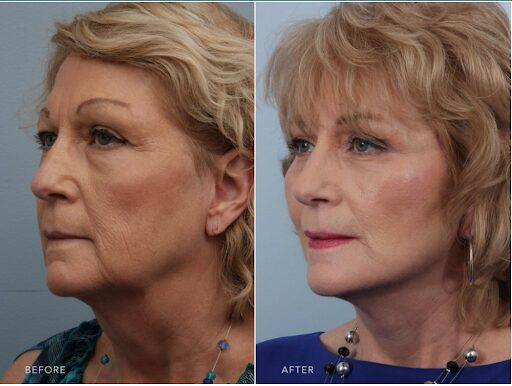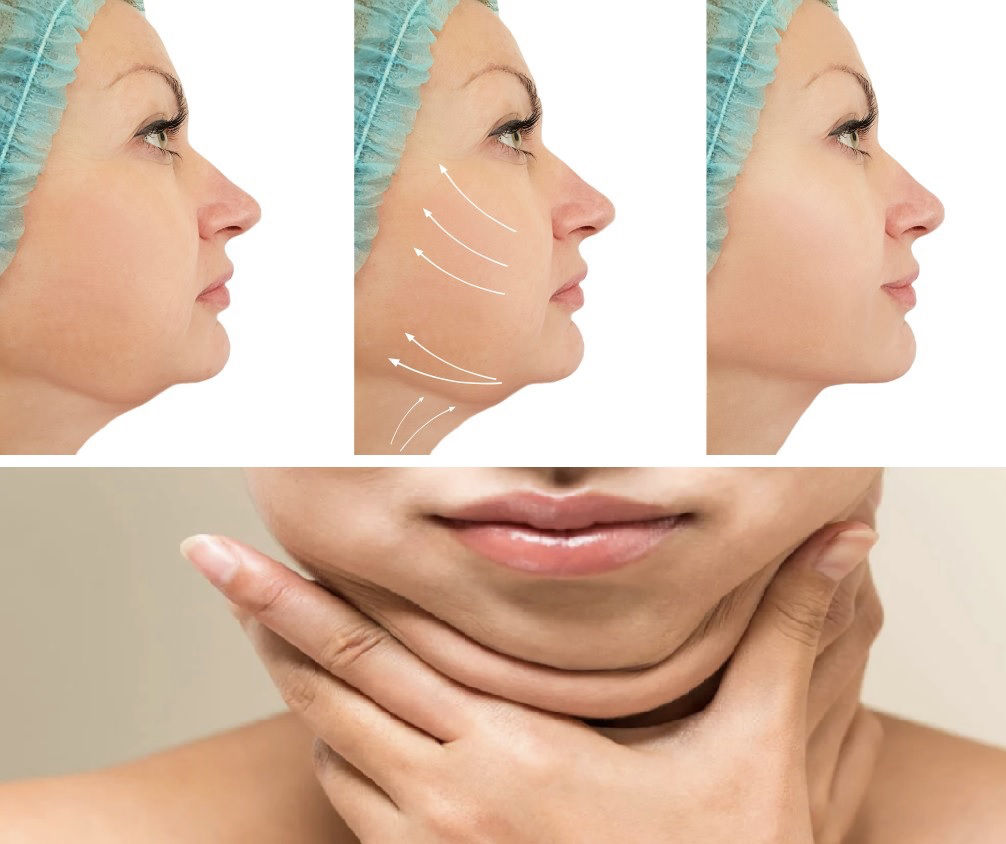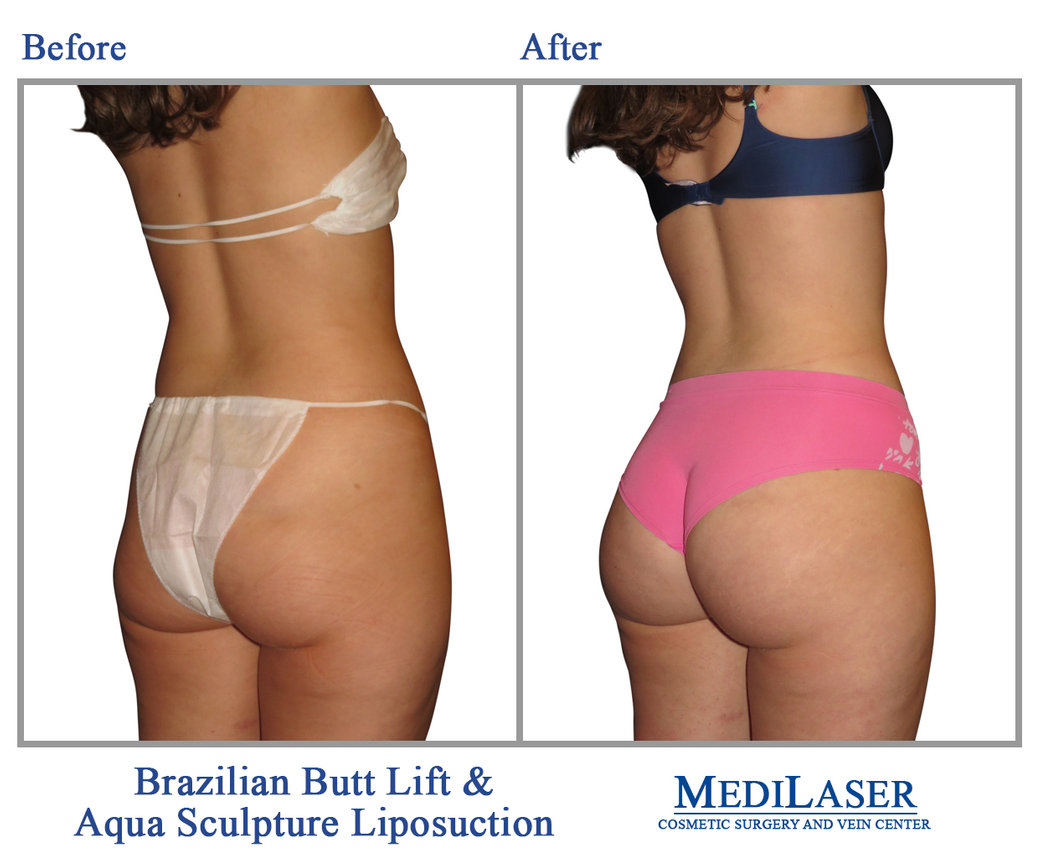
A scarring from facelift surgery is an expected and normal result. These scars are subtle and won't be noticed. There are many options for treating them. Fillers, Botox and other treatments are some of the options. A face lift is an excellent way to improve your facial appearance and enhance your self-confidence.
Incisions behind each ear
For neck lifts or facelifts, surgical incisions may be made posteriorly behind and along the occipital lines. These scars are not visible unless you're looking directly at them. These scars cannot be seen in routine close-up photographs.
The location of the incisions on the facelift is key to the final results. For the best results, surgeons place their incisions behind your ear. This location is often the most visible, although less noticeable. To avoid these unsightly scars, Dr. Jacono uses a new technique in which the incision is hidden behind the tragus cartilage inside the ear canal. This allows him to achieve an undetectable scar while minimizing the signs of aging.

Placement
The placement of stitches in face lift scars depends on the area and shape of your wound. The center of the wound is where the first stitch should go. After that, place a second one on each side. The wound can also be closed with bisecting stitches. But the first two shouldn't overlap.
The sutures used during face lift surgery are usually ultra-fine, which helps minimize scarring. The fat layer and underlying muscles are pulled tightly. The skin may pull at the stitches. A suture will not cause permanent damage in a healthy body. However, it is possible for the body to rebuild skin cells and create connective tissue.
Inconspicuousness and scarcity
Many patients have questions about the inconspicuousness and appearance of scars from facelifts after they have had it done. Most patients desire a more natural neckline and jawline, but they do not want visible scars. All incisions can leave scars. However, well-executed surgeries and planned surgeries can make the scars as invisible as possible. Facelifts often require long incisions around the ears and hairline. Proper placement of incisions can provide a natural look, which is what facelift patients want.
Scars can appear bright and raised when they are new, which can make it difficult to see for a few weeks. Most scars will fade in time and, in some cases, may disappear completely. Everyone heals at a different pace and there is no time limit for scarring.

Treatments available
A face lift procedure can have a wide range of outcomes. The procedure can improve the appearance deep wrinkles, facial jowls, and skin flexibility by tightening facial muscles, and removing excess fat. To address the signs of aging around eyes and brows, some patients may also benefit from a foreheadlift or blepharoplasty.
To reduce scarring from your facelift, silicone sheeting is a good option. Silicone sheeting can be purchased over-the-counter or at your local supermarket. This type of sheeting helps to increase circulation and break up adhesions in the skin. It stimulates collagen production, which promotes healthy healing of incisions. However, silicone sheeting must be worn for several months.